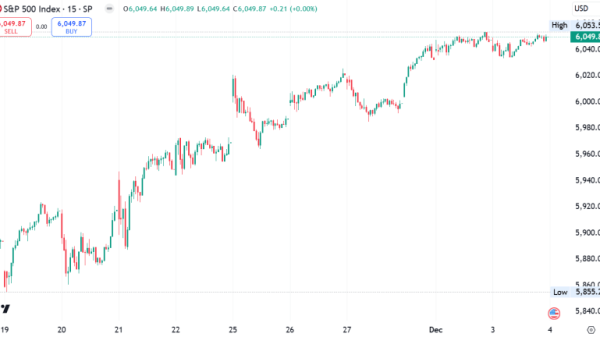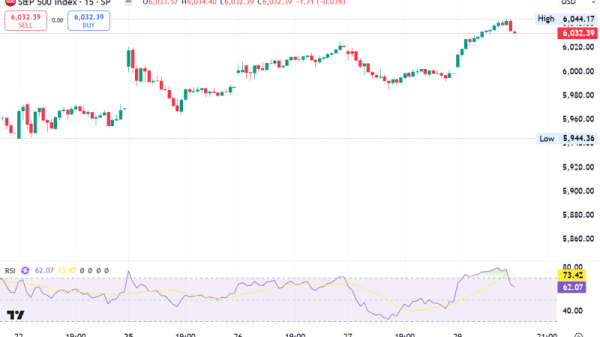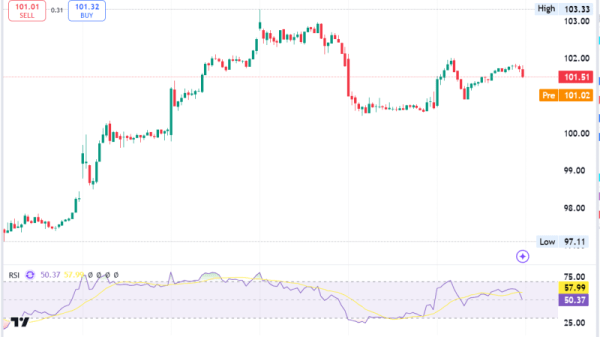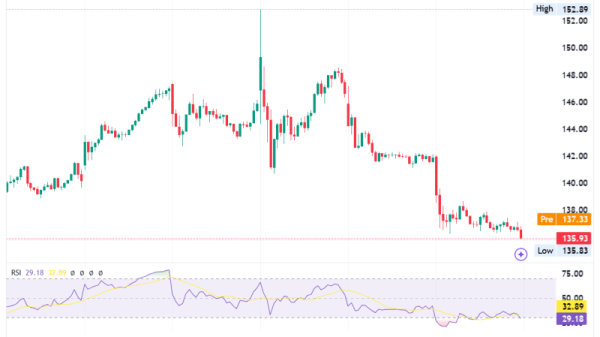WASHINGTON (Reuters) – U.S. Treasury Secretary Janet Yellen said that the government would reach its statutory borrowing limit on Tuesday and would begin employing “extraordinary measures” to keep from breaching the cap and triggering a potential catastrophic default.
Yellen, in a letter on Friday to congressional leaders just three days before the Biden administration turns over U.S. government control to President-elect Donald Trump and his team, said the Treasury would begin using extraordinary measures on Jan. 21.
“The period of time that extraordinary measures may last is subject to considerable uncertainty, including the challenges of forecasting the payments and receipts of the U.S. Government months into the future,” Yellen said in the letter.
Yellen said the Treasury would suspend investments in the civil service retirement and disability fund that are not required to immediately pay benefits.
Yellen had said in late December that the debt cap would likely be reached between Jan. 14 and 23 after Congress opted against including an extension or permanent revocation of the limit in a last-minute budget deal near the end of the year. Trump himself had urged lawmakers to extend or repeal the debt ceiling and later blasted an earlier failure to do so in 2023 as “one of the dumbest political decisions made in years.”
Under that 2023 budget deal, Congress suspended the debt ceiling until Jan. 1, 2025. The U.S. Treasury will be able to pay its bills for several more months, but Congress will have to address the issue at some point next year.
Failure to act could prevent the Treasury from paying its debts. A U.S. debt default would likely have severe economic consequences.
A debt limit is a cap set by Congress on how much money the U.S. government can borrow. Because the government spends more money than it collects in tax revenue, lawmakers need to periodically tackle the issue – a politically difficult task, as many are reluctant to vote for more debt.
The debt ceiling’s history dates back to 1917, when Congress gave the Treasury more borrowing flexibility to finance America’s entry into World War One but with certain limits.
Lawmakers approved the first modern limit on aggregate debt in 1939 at $45 billion, and have approved 103 increases since as spending outran tax revenue. Publicly held debt was 98% of U.S. gross domestic product as of October, compared with 32% in October 2001.






































